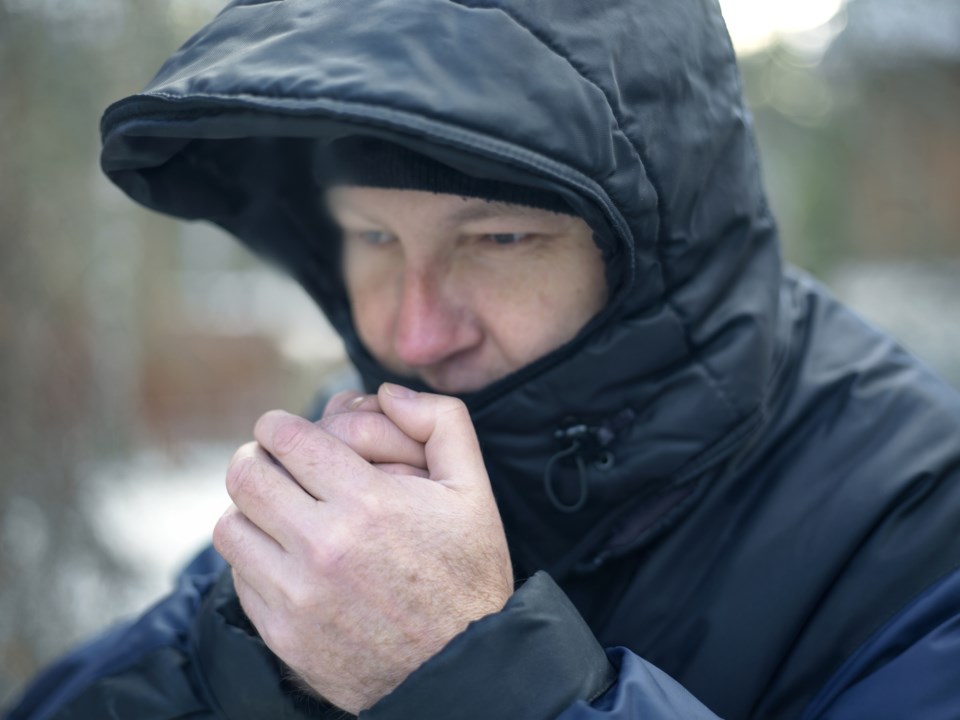NEWS RELEASE
SIMCOE MUSKOKA DISTRICT HEALTH UNIT
*************************
An extreme cold warning has been issued by Environment Canada for Simcoe and Muskoka for Feb. 2 to 4.
Wind chill values are expected to reach -35 to -40 degrees Celsius tonight into Friday morning and again Friday night into Saturday morning. After moderating during the day Friday, wind chills are again forecast to reach -35 to -40 C Friday night into Saturday morning.
The Simcoe Muskoka District Health Unit reminds the public that very cold temperatures can put everyone at risk for cold-related conditions or injury, such as frostbite and hypothermia. Health risks are greatest for those who are marginally housed or homeless, outdoor workers and sports enthusiasts, older adults, infants and children, and persons with pre-existing medical conditions such as heart or lung disease. Fortunately, there are steps you can take to reduce your risk of cold-related conditions when heading outdoors during periods of extreme cold.
Check the weather conditions before going outdoors and prepare yourself and those in your care. Consider shortening outdoor play for children when temperatures are between -20 and -25 C (with or without wind chill) and keep children indoors if temperatures reach or drop below -27 C (with or without wind chill). More advice about winter safety for your children can be found at Caring for Kids, developed by the Canadian Paediatric Society.
Take care to dress for the cold by wearing layers that include an inner layer, middle layer and a wind-resistant outer layer. Wear a hat, gloves and scarf to protect exposed skin, and remember that it is still important to protect your skin from UV rays, so wear sunglasses on sunny days, lip balm and sunscreen as it will also help to keep your skin moisturized to prevent windburn. Take regular breaks from the cold, in warm locations whenever possible.
When spending time outside, watch for signs of frostbite and hypothermia. Frostbite can happen when skin is exposed to the cold. Signs include skin that is white or greyish-yellow in colour, is unusually firm or waxy and cold to the touch, or has the sensation of pins and needles followed by numbness. If you suspect that you or someone else has frostbite, move to a warm location and remove wet clothes.
Hypothermia occurs when the body loses heat faster than it can make it, leading to a core body temperature that is too low for the body to properly function. Signs of hypothermia include shivering, pale or bluish skin, confusion, difficulty speaking or moving, or drowsiness or exhaustion, and require immediate medical attention.
For more information about cold and its impact on your health visit smdhu.org/ExtremeCold.
*************************



